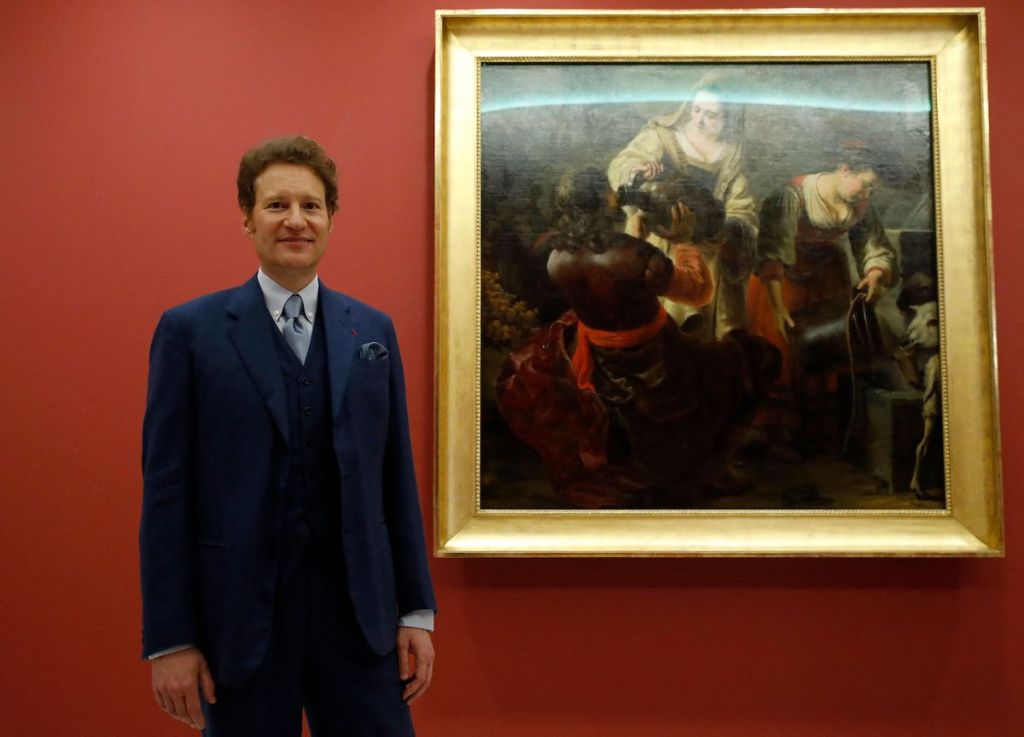Thomas S. Kaplan, the billionaire investor who has amassed a particularly rich collection of Old Masters paintings, said he may soon fractionalize his art holdings, meaning that they could be offered as shares on a public stock exchange.
Kaplan’s for his holdings, known as the Leiden Collection, were revealed on Monday in an interview with the Art Newspaper, which reported that he currently owns more Rembrandt paintings than any other private collector.
The Leiden Collection also includes many other key works by Dutch and Flemish Old Masters, including Johannes Vermeer’s Young Woman Seated at a Virginal (ca. 1670–75), one of three dozen paintings by the artist in existence. The collection is also host to works by Frans Hals, Gerard ter Borch, Pieter Brueghel, Jan Steen, and other major figures of their era.
Related Articles

Works from the Leiden Collection are regularly loaned to Old Masters blockbusters, with the Vermeer painting in a once-in-a-lifetime retrospective for the artist held at the Rijksmuseum in 2023. The Leiden Collection is also the subject of a traveling show due to open at the Norton Museum of Art in West Palm Beach, Florida, in October.
Kaplan told the Art Newspaper that he had made the decision to fractionalize the collection because his children had “no interest in material objects” and “no idea what to do” with all the art.
“I think assets, such as really great art, are going to multiply manyfold because they are truly scarce, and there’s so much money sloshing around that will need a home and this is a great value proposition,” Kaplan said in the Art Newspaper interview. “To my mind the best way to evangelize for Rembrandt is by giving millions, maybe tens of millions, of ordinary people the opportunity to own a Rembrandt.”
Per the Art Newspaper, Kaplan got the idea of fractionalizing the collection from the NFT craze of the early 2020s. But thankfully, it does not appear that Young Woman Seated at a Virginal is exactly being offered as an NFT, at least for now.
Either way, however, it is a big shift for Kaplan’s collection, which he began in 2003. With his wife Daphne Recanati Kaplan, he began purchasing art active and quickly, at “a rate of about a painting per week,” he once told the New York Times. He continued buying at that rate until 2008, and while he does still periodically acquire art, he does so “at a slower rate,” per the Times.
A self-proclaimed “Rembrandt evangelist,” Kaplan lent works from his 250-piece collection anonymously until 2016, when the Louvre mounted a show about the Leiden Collection. The collection’s monetary worth has never been reported publicly.
Earlier this year, Kaplan also revealed plans to sell a Rembrandt drawing of a lion to benefit Panthera, a wildlife conservation group. The drawing was priced in the “multiples of tens” of millions, he said.

